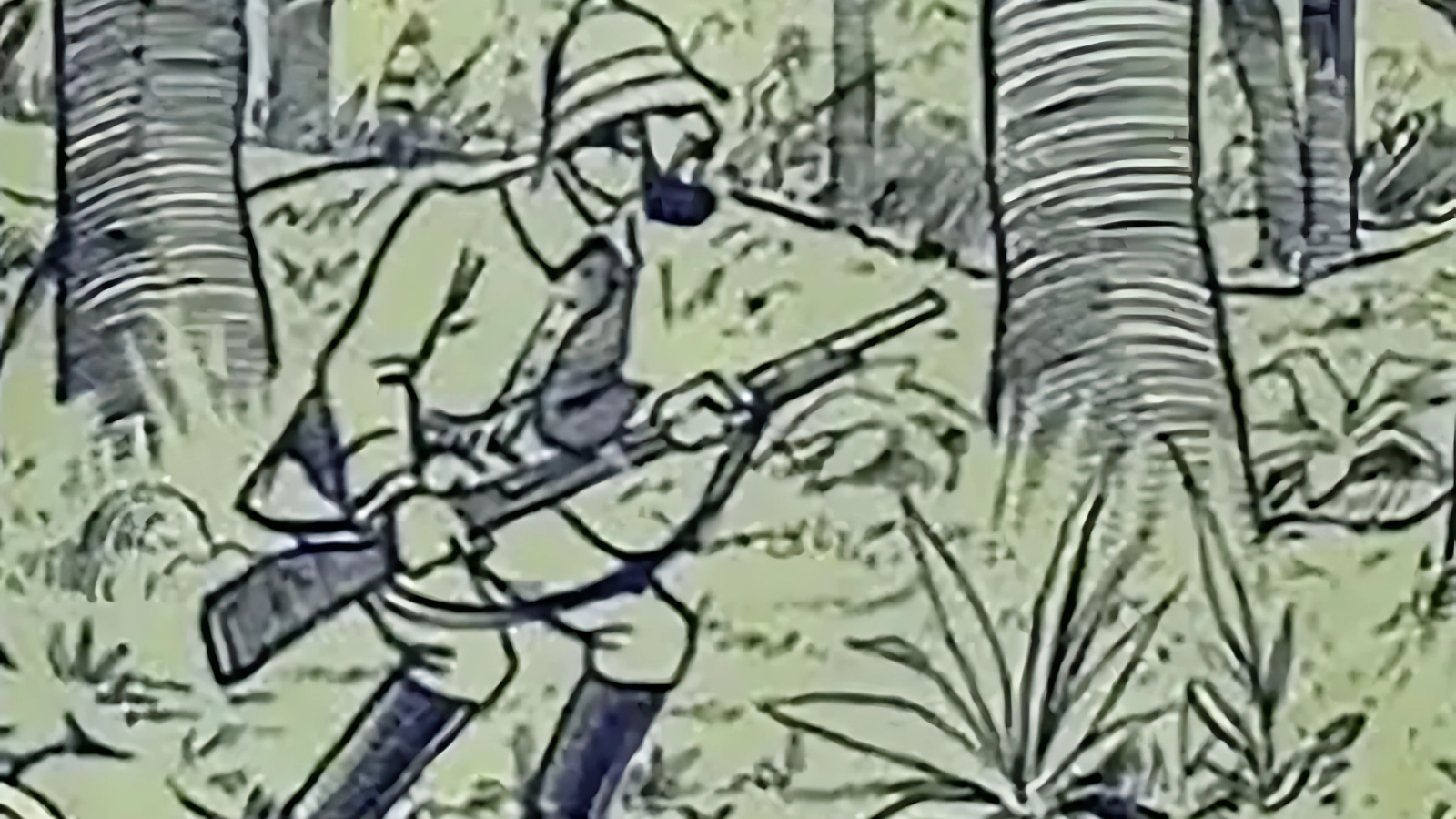Optical illusions Hides a Leopard have captivated minds for centuries, offering fascinating insights into how our brains interpret visual information. The latest viral sensation, a hidden leopard puzzle circulating across social media platforms, claims that only individuals with superior cognitive abilities can locate the camouflaged predator within 15 seconds.
These visual challenges exploit fundamental aspects of cognitive science and visual perception, revealing the complex mechanisms behind human visual processing. When we encounter optical illusions, our brain’s visual cortex works overtime to decode conflicting information, often leading to perceptual errors or delayed recognition.
The Science Behind Visual Camouflage
Research in visual cognition demonstrates that our brains rely heavily on pattern recognition and contextual clues to interpret images. The hidden leopard illusion leverages natural camouflage principles, where the animal’s distinctive spots blend seamlessly with jungle foliage, shadows, and dappled light patterns.
This camouflage effect mirrors evolutionary adaptations found in nature, where predators like leopards have developed coat patterns specifically designed to confuse prey and human observers alike. The illusion challenges our brain’s ability to distinguish figure from ground—a fundamental aspect of visual processing.
This Optical Illusion Hides a Leopard Can You See It Fast?

Why This Puzzle Tests Cognitive Abilities
IQ and Visual-Spatial Intelligence
While traditional IQ tests measure logical reasoning and problem-solving skills, optical illusions specifically target visual-spatial intelligence. Successfully identifying the hidden leopard requires:
- Pattern Recognition: Detecting subtle variations in texture and form
- Selective Attention: Filtering relevant visual information from distractors
- Processing Speed: Rapid analysis under time constraints
- Perceptual Flexibility: Shifting visual focus across different image regions
| Cognitive Skill | Role in Puzzle Solving | Brain Region Involved |
|---|---|---|
| Pattern Recognition | Identifying leopard shape | Visual Cortex |
| Attention Control | Focusing on relevant details | Frontal Cortex |
| Processing Speed | Quick visual scanning | Parietal Cortex |
| Working Memory | Maintaining search strategy | Prefrontal Cortex |
Time Pressure and Performance
The 15-second challenge adds psychological pressure that can either enhance focus or create cognitive overload. Studies on visual perception show that moderate time constraints often improve performance by increasing attention and reducing overthinking.
Strategies for Solving Hidden Object Puzzles
Systematic Scanning Techniques
Expert puzzle solvers recommend structured approaches rather than random searching:
Grid-Based Method
Divide the image into quadrants and systematically examine each section, preventing the eye from repeatedly scanning the same areas.
Edge Detection Focus
Look for irregular lines or shapes that break natural patterns—leopard outlines often appear as subtle discontinuities in foliage.
Peripheral Vision Utilization
Sometimes relaxing direct focus and using peripheral vision helps detect movement or contrasts that direct attention misses.
Common Mistakes to Avoid
Many puzzle attempts fail due to:
- Central Fixation: Concentrating only on image center
- Overthinking: Analyzing details instead of observing overall patterns
- Impatience: Rushing without systematic methodology
- Preconceptions: Expecting specific leopard orientations or sizes
The Social Media Phenomenon
This optical illusion has gained massive traction on platforms like X (formerly Twitter), with users sharing completion times and challenging friends. The puzzle’s viral nature demonstrates how visual challenges tap into our competitive instincts and desire for cognitive validation.
Educational Value Beyond Entertainment
Beyond social media buzz, such puzzles serve important educational purposes. They help develop visual attention skills crucial for professions requiring detailed observation, from medical imaging to wildlife conservation. Research indicates that regular engagement with visual puzzles can improve overall perceptual learning and cognitive flexibility.
Optical illusion Answer

Frequently Asked Questions
Q: Does solving this puzzle quickly really indicate high IQ?
A: While the puzzle tests visual-spatial skills, IQ encompasses multiple cognitive domains. Quick solving suggests good pattern recognition but doesn’t definitively measure overall intelligence.
Q: Can anyone improve at optical illusions with practice?
A: Absolutely. Visual perception skills are trainable through consistent practice, regardless of starting ability level.
Q: Why do some people find hidden objects easier than others?
A: Individual differences in visual processing, attention control, and prior experience with similar puzzles all influence performance.
Also Read:-Optical Illusion: Can You Spot 16 Hidden Circles in This Image?
